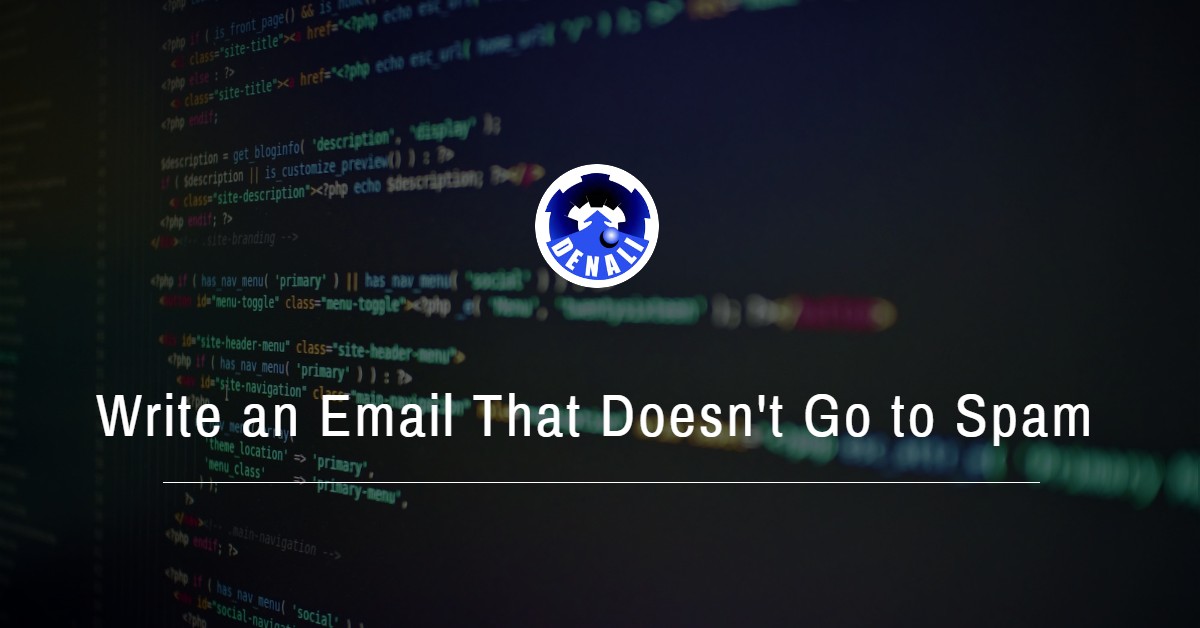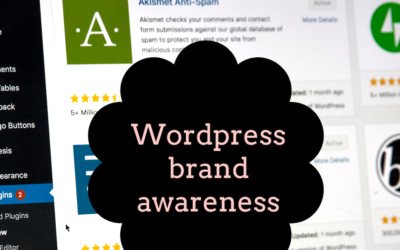According to a recent report by Return Path, roughly one in five emails is expected to be spam in the coming year. Unfortunately, many businesses aren’t taking this threat seriously enough and as a result, they’re ending up with emails that don’t end up reaching the inboxes of their target audience. While email marketing is still in its early stages of development, it has already become an essential tool for businesses of all sizes to engage with their target audience. However, there are few things you need to keep in mind if you want your email campaigns to be targeted effectively at specific segments and reach those people who are most likely to respond. Here are 10 tips on how to write an email that doesn’t go to spam:
Be very specific
When it comes to targeting, nothing is more important than the clarity of your email’s subject line. The subject line should be as specific as possible, and it should mention the recipient’s name or the relevant details about their business. For example, if you’re sending an email marketing campaign to a hotel management software company, your subject line can be “A new way for hotels to track their guests.” This type of specificity is especially important when you’re writing emails that target specific segments like consumers or B2B companies. Additionally, you should also keep the email’s content very specific as well. For example, when you’re writing an email explaining your company’s new product, you should mention that product’s name and the functionalities it possesses.
Show, don’t just tell
Today’s email users are extremely busy and they don’t have the time to read lengthy emails. They want to know exactly what you want them to do and they want you to ask them to do it right away. So, instead of writing an email that is filled with complex jargon, you should write an email that is informative and succinct. You should use words and phrases that describe your product and the problem it solves; this will help to show your readers what your email is about, instead of telling them. Additionally, show, don’t tell also applies to your email’s images. A good rule of thumb is to keep your images to one total image and one image per section. If you have to use more, you should add a text explanation of what the image is about.
Be authentic
Many businesses tend not to take their email marketing very seriously because they believe that email marketing is something that happens only during the holiday season. However, you should keep email marketing as a constant part of your content marketing strategy, all year round. This means that you should be writing, rewriting, and editing your emails, even if you don’t think that anyone will read them. You should be writing emails that are useful, useful, and useful. This means that they should be beneficial to your readers and not just your own company. Emails should be written in a conversational tone, they should be relevant, and they should be useful to your audience.
Don’t be too transactional
Many businesses try to use transactional emails to increase their sales, but they do it in a way that makes the recipients feel obliged to buy. This is a major mistake that you should avoid at all costs. For example, if you’re an online clothing retailer, you have no right to email a customer who has purchased a piece of clothing and ask them to leave a review on your company’s product page. You should avoid using any language that makes customers feel like they have to respond. Instead, write emails that are friendly, informative, and useful. These types of emails will help you to engage with your target audience and build a relationship with them that will lead to future sales.
Keep it to one image per email
Before you start to write each email, you should think about the images you’re going to use as well. If you’re sending emails that are over 1,000 words long, you should think about cutting down on your word count by using an image, rather than using a paragraph of text. This will help to improve the readability of your emails, as well as increasing their click-through rate. A simple way to create a single image that is more likely to be opened without being deleted is to add links in your email’s text. You can then use links in your image to direct the reader to a specific section of your website. If you’re using an image as part of your email’s subject line, then you should cut down on the image’s file size. This will help to ensure that your email is more likely to open on a computer and less likely to end up in a spam folder.
Use multimedia
As we said above, today’s email users are extremely busy and they don’t have the time to read lengthy emails. So, you should write emails that are friendly, informative, and useful. This means that they should be beneficial to your readers and not just your own company. You can use links to incorporate multimedia content in your emails, such as videos, images, and infographics. They can be used to demonstrate your product’s features and help to explain why your email is valuable. You can also use them to highlight any benefits your readers will receive if they choose to click on your links. Your emails should always include links to your key pages, like your homepage and product pages.
Use a professional SMTP Service
Obviously you also need a professional SMTP server, that provide a fully authenticated gateway with SPF, DKIM e DMARC, configured for you. With an impressive 99% of inbox email reliable index.
Bottom line
Email still has a long way to go before it can be considered a reliable source of revenue for many businesses. However, email marketing is starting to gain traction with consumers as a preferred method of communication. However, businesses must be careful when creating email campaigns that are targeted correctly and will engage with their target audience. Email is still a very effective marketing channel, but it’s important to remember that it’s not an entirely foolproof method. There are steps you can take to make sure your emails aren’t ending up in spam folders.






